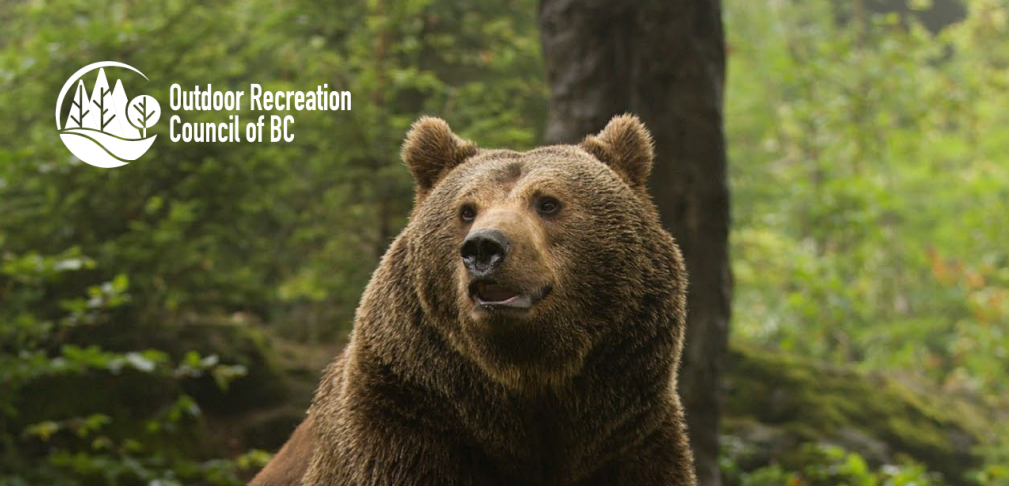The trail you see under your feet or bike tires has a history older than the shovels and machines that built it. Often, the trail’s planning and design aren’t even the beginning. A trail’s story originates from the shared knowledge of experts – a single trail has been influenced by guidelines and standards written by those who know trails best.
This month, the Outdoor Recreation Council of BC (ORC BC) released one such publication.
Guidelines Leading the Way
Co-authored by McElhanney and Bear Safety & More, “Trail Development Guidelines to Minimize Disturbances to and Conflict with Large Carnivores” addresses the impact of non-motorized, recreational use of non-winter on bear, wolf, and cougar (and other large cat) wildlife. Combining extensive animal and trail development best practices, the result is 16 actionable guidelines that can be implemented at the planning, design, or operations phases of a trail lifecycle to minimize disturbances to, and conflict with, large carnivores.
“Our work on these guidelines was inspired by all the research that’s currently being done on how to minimize human-wildlife conflict and protect habitat for these wild animals,” says Magi Scallion, McElhanney Outdoor Recreation Professional and co-author. “There are lots of great educational and signage programs which mitigate the human-wildlife issues, but not sufficient guidelines for professionals to use in the trail planning, design, and development phases, but not much has been created for trail planners and developers to address the issues at their root cause. We hope to see provincial and federal organizations adopt these guidelines in the coming years and see trail design, development, and management strategies follow suit.”
Guideline highlights include features like the table on page five and six, which outlines areas to minimize trails or trail use, along with the seasons for avoidance and reasons why. Explore this table and more by viewing the guideline in its entirety online here.
McElhanney is proud to contribute to the shared knowledge that has generated many of Canada’s most iconic trails. By authoring, co-authoring, and contributing to guidelines like the “Trail Development Guidelines to Minimize Disturbances to and Conflict with Large Carnivores,” we’re building trails before they even hit the ground.
Learn more about the work we do; visit our Trails, Tourism, Recreation & Parks Services page.
Did you know? McElhanney has authored, co-authored, and contributed to other guidelines and manuals:
Trail Development Guidelines for Alberta’s Public Lands
Accessibility Construction Guidelines for Alberta Environment and Parks
Best Practices for Developing Public Trails on Private Lands
Parks Canada Campground Concepts Design Manual
